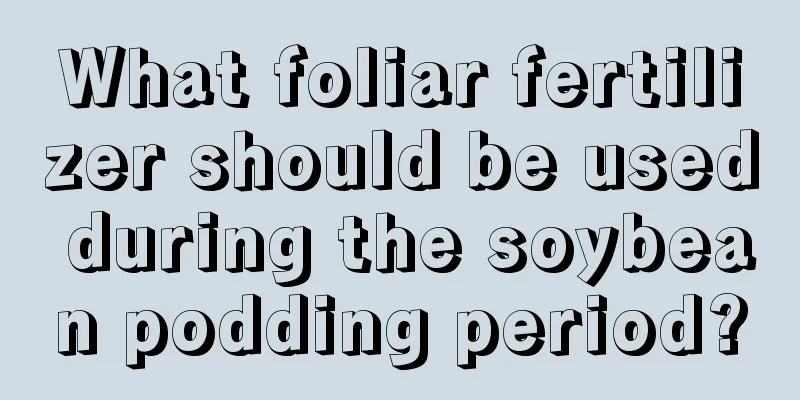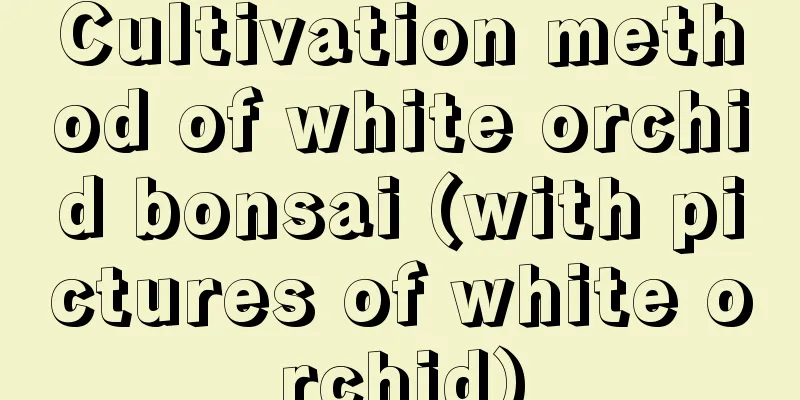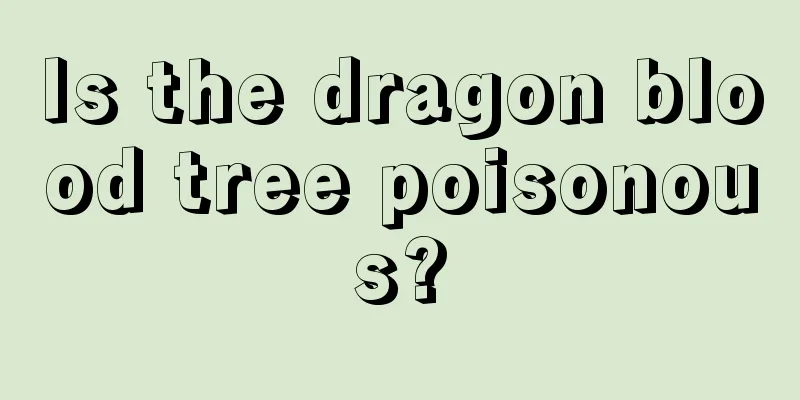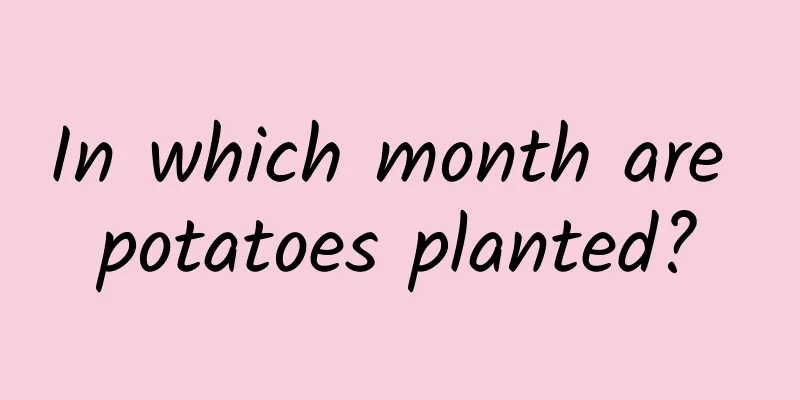What foliar fertilizer should be used during the soybean podding period?

|
The soybean podding stage is the period when the grains develop fastest, and it needs to absorb a large amount of nutrients and water and fertilizer. Once the nutrition is insufficient, it will not only affect the formation of pods, but also the development of grains. So what kind of foliar fertilizer should be used during the soybean podding period? Let’s learn more about it below. What foliar fertilizer should be used during the soybean podding period? Using foliar fertilizer during the podding stage of soybeans can promote full grains and increase yield. The recommended plan is: use 150-300 grams of potassium dihydrogen phosphate and 100 grams of boron fertilizer per mu, and add 50-75 kilograms of water for foliar spraying. Specifically, the type of fertilizer and spraying concentration can be reasonably selected according to the growth conditions of soybeans and soil fertility to achieve the best yield-increasing effect. In addition, during the actual operation process, it should be ensured that the foliar fertilizer is fully dissolved and evenly sprayed on the front and back sides of the leaves to improve the absorption efficiency. What other key points should be paid attention to during the soybean podding period? 1. Irrigation and flood control The soybean podding period is the peak period of vegetative growth. High temperature and high evaporation can easily lead to drought and cause the plants to wilt. Dry land needs to be watered moderately to prevent drought. Pay attention to watering slowly and in small amounts to prevent the soil from becoming compacted and affecting root absorption. At the same time, rainy areas should drain water in a timely manner to prevent soybean fields from being waterlogged. 2. Topdressing flower and pod fertilizer During the initial flowering stage of soybeans, apply appropriate amounts of nitrogen fertilizer, such as 5-10 kg/mu of urea, according to the growth of the plants to promote the formation and development of flower pods. 3. Topping and pinching Manual pinching and topping are used to prevent excessive growth. Topping is usually done at the peak or end of flowering period, and 2 cm from the top of the main stem is enough. It is not suitable for varieties with limited pod-bearing habits and infertile land. 4. Drugs to control hyperactivity If the plant grows vigorously, it should be controlled, mainly by spraying paclobutrazol, chlormequat chloride, and chlorothalonil, etc., to control nutritional growth and promote more pods. 5. Intertillage and weeding Before soybeans bloom and ridges are closed, the soil should be tilled once to keep it well permeable. In the early stage of soybean pod setting, weeds in the field should be removed to facilitate ventilation and light transmission, reduce nutrient consumption, and promote early maturity and increased yield. 6. Pest and disease control The soybean podding period is the peak period for the occurrence of diseases and insect pests, and monitoring and prevention should be strengthened. The focus is on preventing and controlling pests such as borers, pod borers, aphids, red spiders, as well as diseases such as downy mildew and root rot. In general, the soybean podding stage is a critical period of soybean growth, and the management measures at this time will directly affect the yield and quality of soybeans. One of the key management points is to supplement foliar fertilizer, especially the supplement of trace elements such as boron and molybdenum, which can improve soybean stress resistance, increase flowering and pollination rate, and promote soybean flowering and podding.
|
<<: Which type of foliar fertilizer is best for rice?
>>: When is the latest time to plant onions?
Recommend
When is the best time to plant creeper?
Ivy is a climbing plant that is loved by many peo...
Cultivation techniques for elm stumps, how to deal with the roots
1. Cultivation techniques 1. Planting in thick so...
The efficacy and function of peach blossom
Skin care Using peach blossom to wash your face c...
Petunia cultivation methods and precautions
Petunia is loved by flower lovers for its short p...
Does Jiulixiang like the sun?
Murraya paniculata Osmanthus fragrans is a sun-lo...
What to do if the stems of lucky bamboo are wrinkled
1. Increase the temperature Reason: Low temperatu...
How to propagate kiwifruit
1. Breeding Methods 1. Time: The seeds of this ty...
Cultivation method of Portulaca grandiflora
1. Maintenance methods 1. Temperature: Portulaca ...
How to cultivate Photinia serrulata
1. Lighting Photinia fraseri likes light, but its...
How to make dried forget-me-not flowers
1. Prepare flowers and tools There are several th...
Top Ten New Wheat Varieties in China
1. Northwest A&F University 511 It is semi-wi...
When does azalea bloom? Pictures of azalea
1. Basic Introduction Rhododendron, also known as...
What to do if the leaves of Chlorophytum comosum turn yellow
Natural metabolism If you keep the Chlorophytum c...
How to grow Clematis
1. Maintenance methods 1. Temperature: A warm env...
Cultivation methods and precautions of Crinum
1. Breeding methods 1. Soil: Crinum likes to grow...









